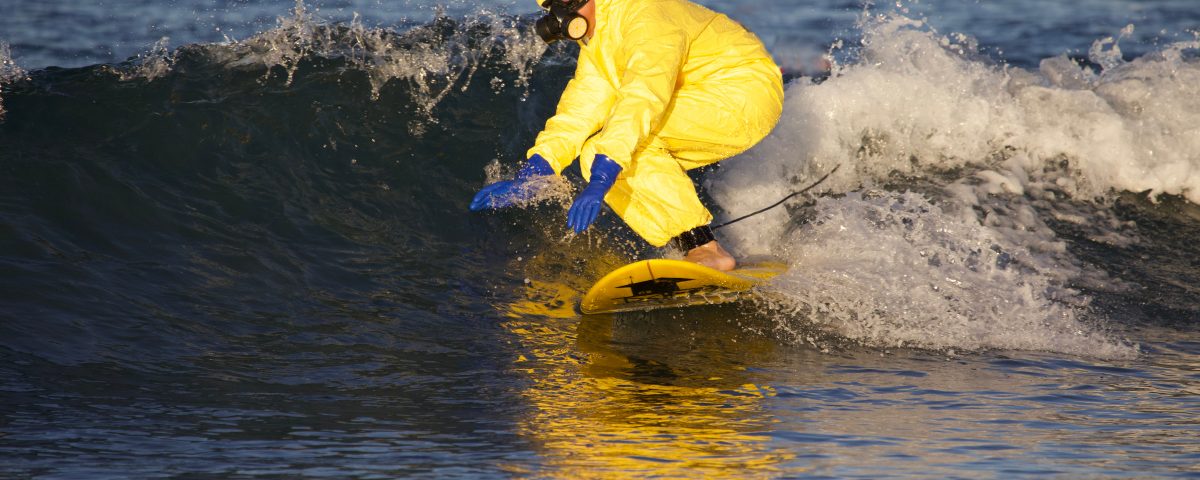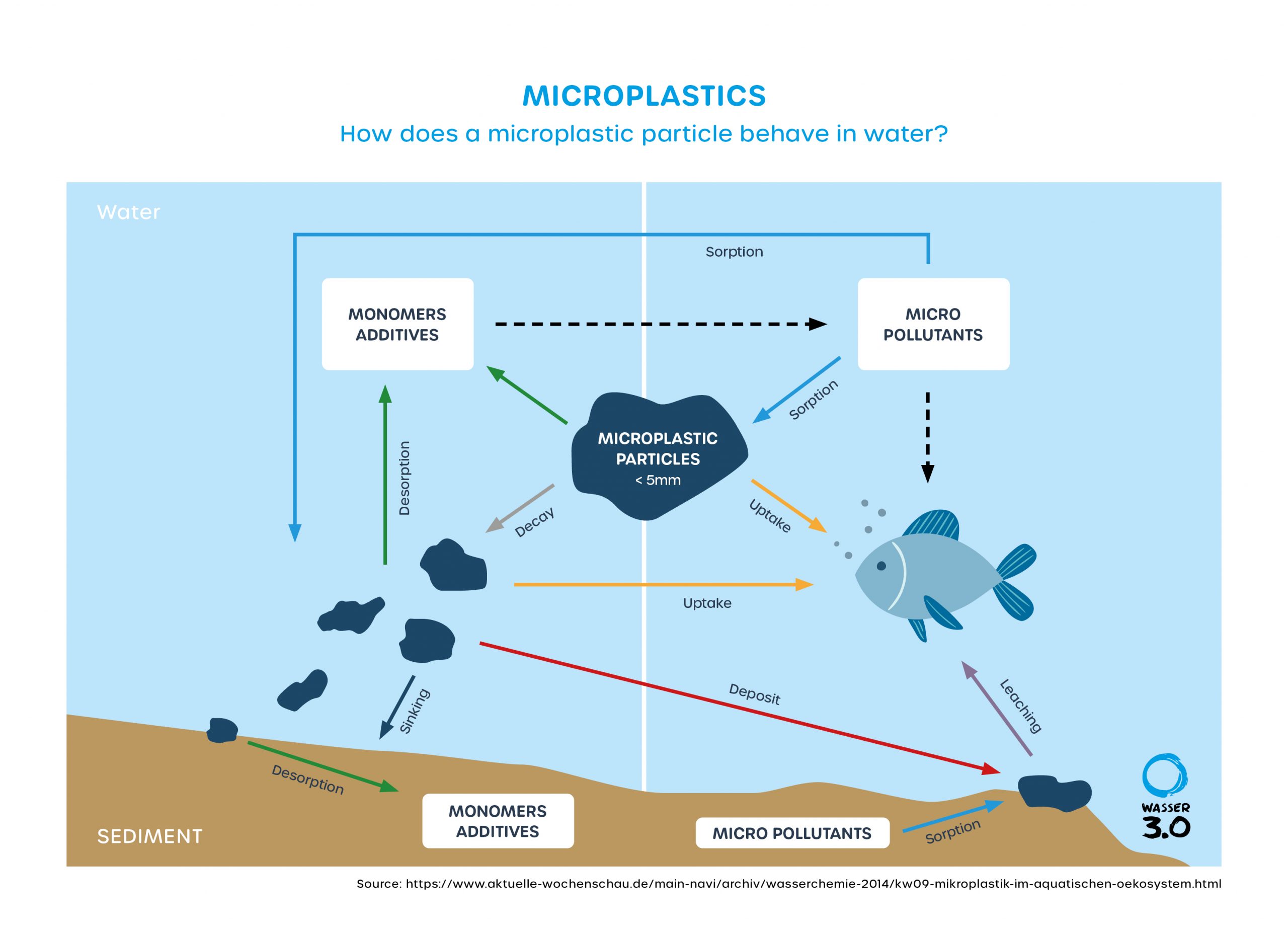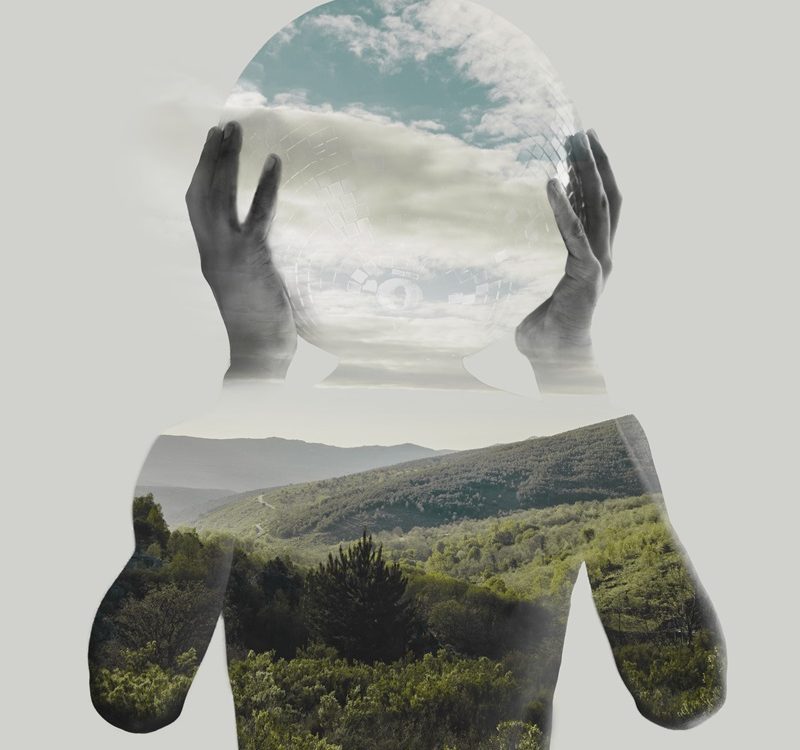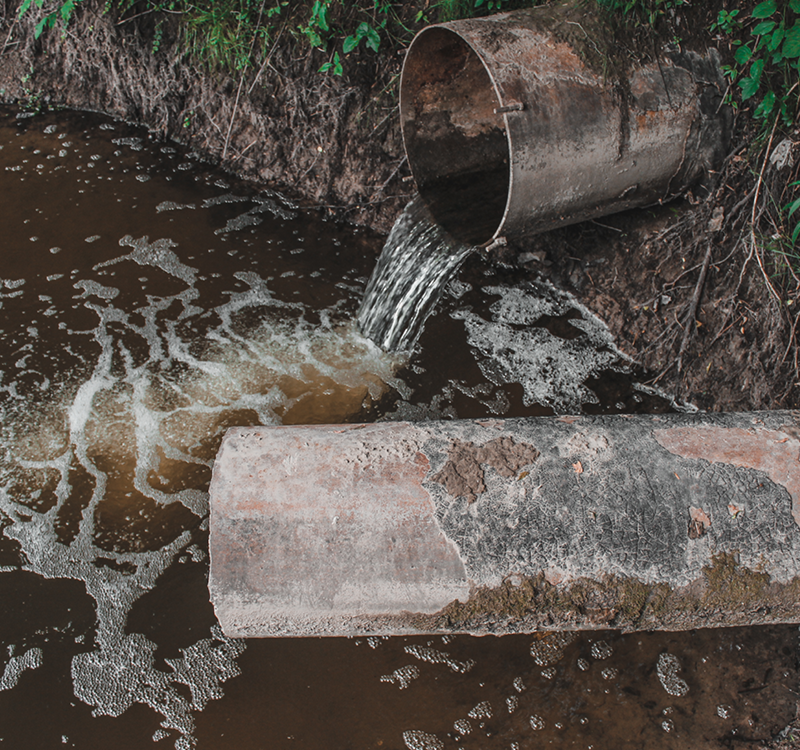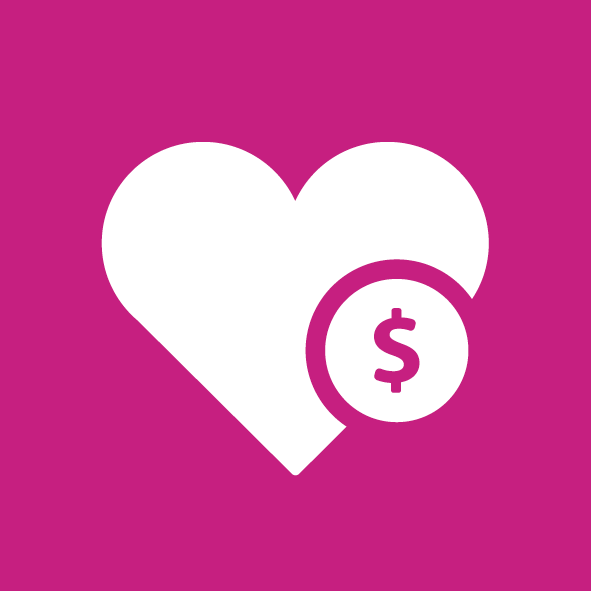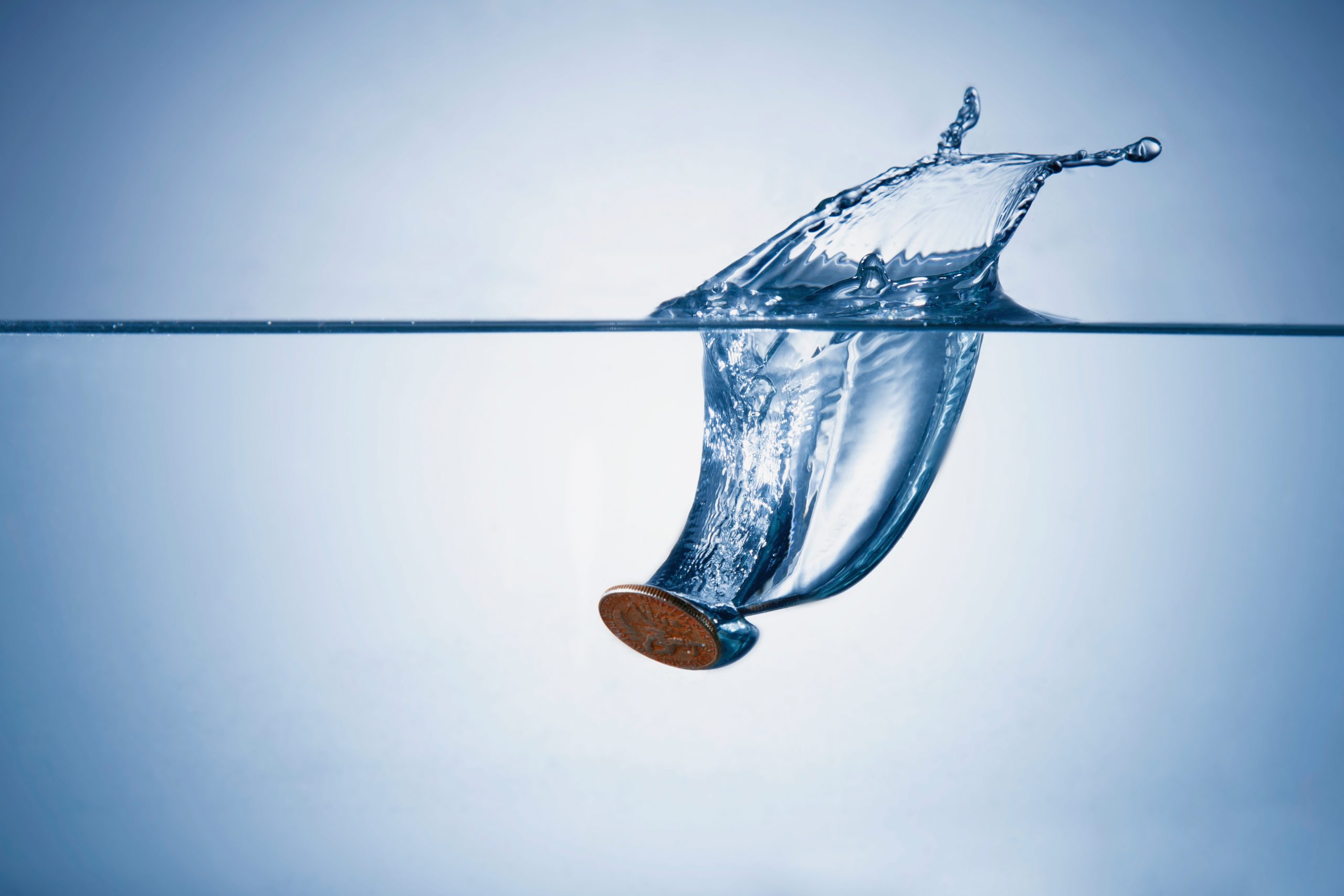
Question about our understanding of impact investment
30. November 2020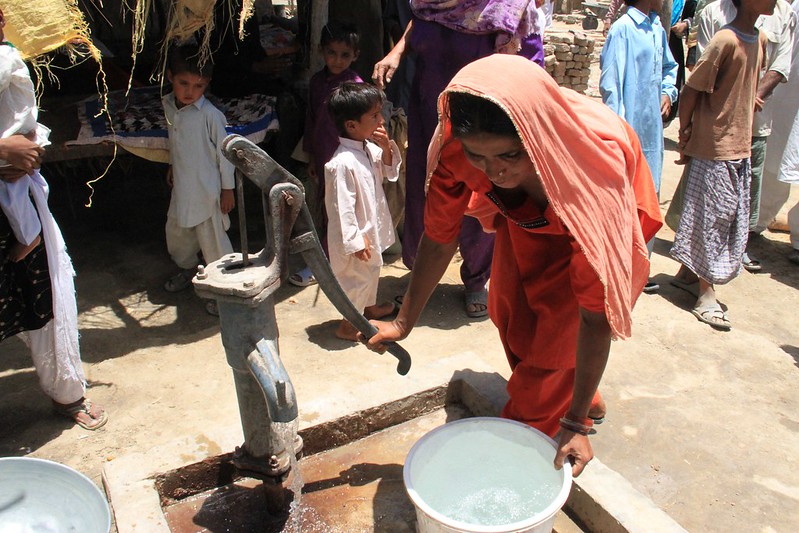
Water – human right or economic good?
9. January 2021What is the state of our waters?
An introduction with an outlook.
Our
lakes and rivers, our ocean and our groundwater
are in many placesnot in good conditions
. More concretely: In health-threatening conditions for all life that comes into contact with it. All over the world, people suffer fromtoo much or too little water
.Poor water quality
can have different causes and effects. Moreover, it can be caused byinteractions of the water constituents with micropollutants or the environment
. Inevitably, it quickly becomes highly complex, as the example of microplastics impressively shows.In order to shed some light on the question of the conditons of our waters, we cover some aspects in this blog post, which are - frankly speaking - quite arbitrarily compiled and rather teased at than described in an even remotely exhaustive manner.
In doing so, also we can't help but bring up disillusioning examples of the extent of what has been described in public reporting as a
"water crisis"
. The good news is that we can do a lot toWater quality - from the 100th to the 1000th
(or - from macro to micro)Every day at Wasser 3.0 we analyse water oder better waters:
From industrial wastewater, process water to seawater and municipal wastewater
– their respective properties and the substances they contain can vary enormously. We pay special attention to the concentrations and types of microplastics and other micropollutants present such as residues of pharmaceuticals, heavy metals, pesticides, or fertilizers. These micropollutants, also known as anthropogenic stressors or anthropogenic trace substances, are one of the main reasons when talking aboutpoor water quality
ora poor condition of water
.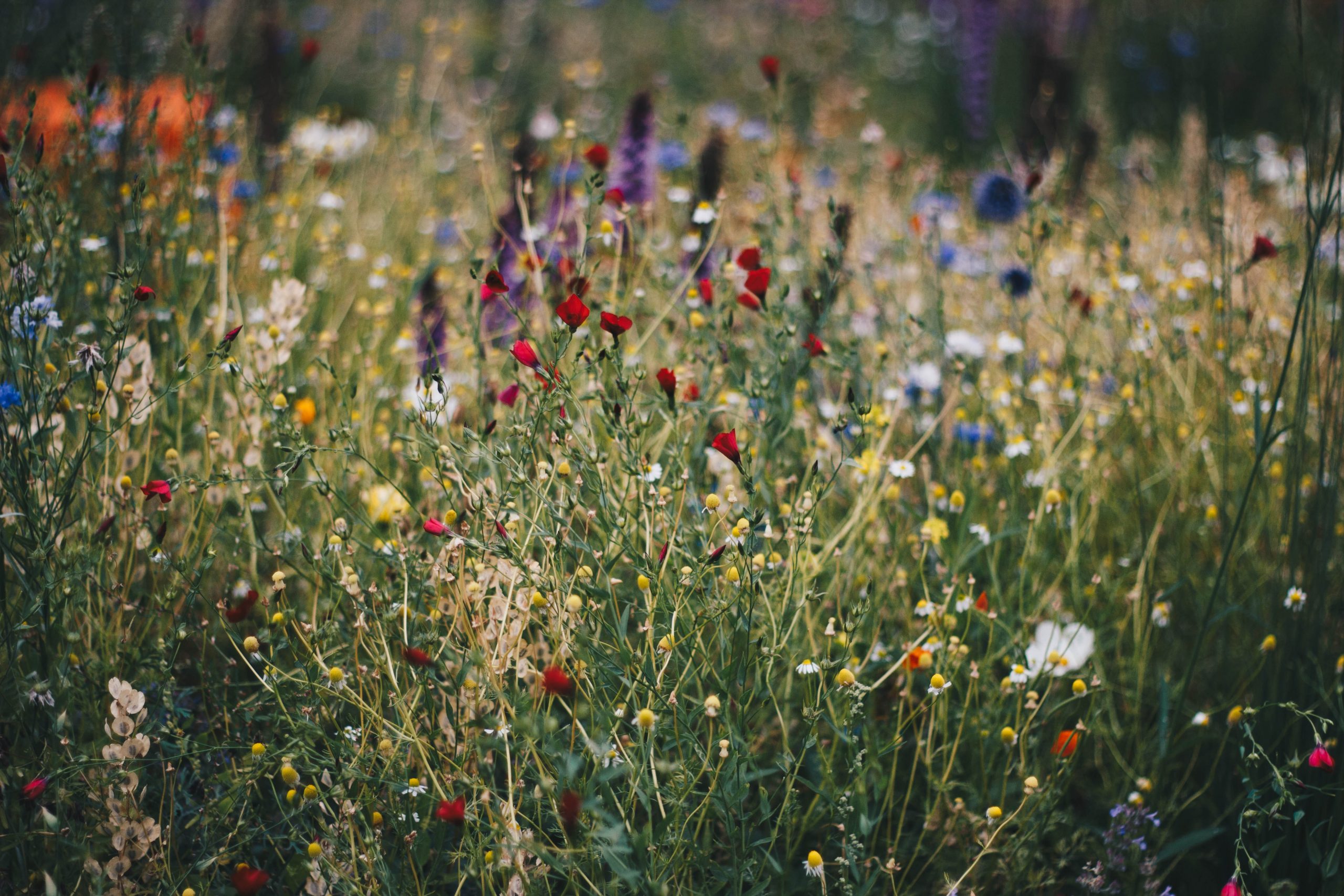
Water in the EU: The
In the European Union, since the year 2000, the
Due to the failure of meeting the targets by 2015, the activities were extended to 2027. By then, all waters should be in a 'good ecological' and 'good chemical status', groundwater in a 'good quantitative' and 'good chemical status'.
definition of a good and poor status
In the European Union, since the year 2000, the
Water Framework Directive (WFD)
defines the‚good‘ or ‚poor‘ status of our water bodies
. The WFD has the goal of making the water policy of the EU member states more sustainable and more compatible with nature for achieving an overall good water status.Due to the failure of meeting the targets by 2015, the activities were extended to 2027. By then, all waters should be in a 'good ecological' and 'good chemical status', groundwater in a 'good quantitative' and 'good chemical status'.
The achievement of a
Detailed explanations of the WFD and its implementation in Germany can be found on the pages of the Federal Ministry for the Environment.
An insight into the degree of implementation can be found in the WWF Report Zustand der Gewässer in Deutschland – Umsetzung der EU-Wasserrahmenrichtlinie (WRRL) in den Bundesländern from 2018. Up-to-date, interactive maps of the chemical and ecological status of the German water bodies can be found on the website of the German Umweltbundesamt, for example regarding nitrate contamination.
‘good status’ of water bodies means compliance with certain standards
in the areas of environmental protection, chemistry, and water quantity. According to the WFD, waters are "in good status when their biotic communities, structure, and, in the case of surface waters, chemical constituents or, in the case of groundwater, chemical constituents and their quantity are only minimally affected by human activity." Good water status is a prerequisite for biodiversity and ecosystem balance. Both factors are essential influencing factors on and in interaction with the climate.Detailed explanations of the WFD and its implementation in Germany can be found on the pages of the Federal Ministry for the Environment.
An insight into the degree of implementation can be found in the WWF Report Zustand der Gewässer in Deutschland – Umsetzung der EU-Wasserrahmenrichtlinie (WRRL) in den Bundesländern from 2018. Up-to-date, interactive maps of the chemical and ecological status of the German water bodies can be found on the website of the German Umweltbundesamt, for example regarding nitrate contamination.
Water in crisis
: A global viewThe
conditions of our waters worldwide
and the consequences and impacts on people, wildlife and societies are the subject of the annual United Nations World Water Report. The focus of this year's World Water Report is climate change. Among other things, it describes a massive decline in freshwater biodiversity (84 percent since 1970) as well as social and health impact of extreme water scarcity, which affects about four billion people for at least one month a year.Scientific data on the state of the world's surface waters is provided by the Global Freshwater Quality Database under the United Nations Environment Programme (UNEP). It provides both the scientific community and policy makers with relevant information on surface water quality and its changes. It also provides monitoring reports on the targets defined
under goal 6 of the United Nations Sustainable Development Goals (SDGs)
.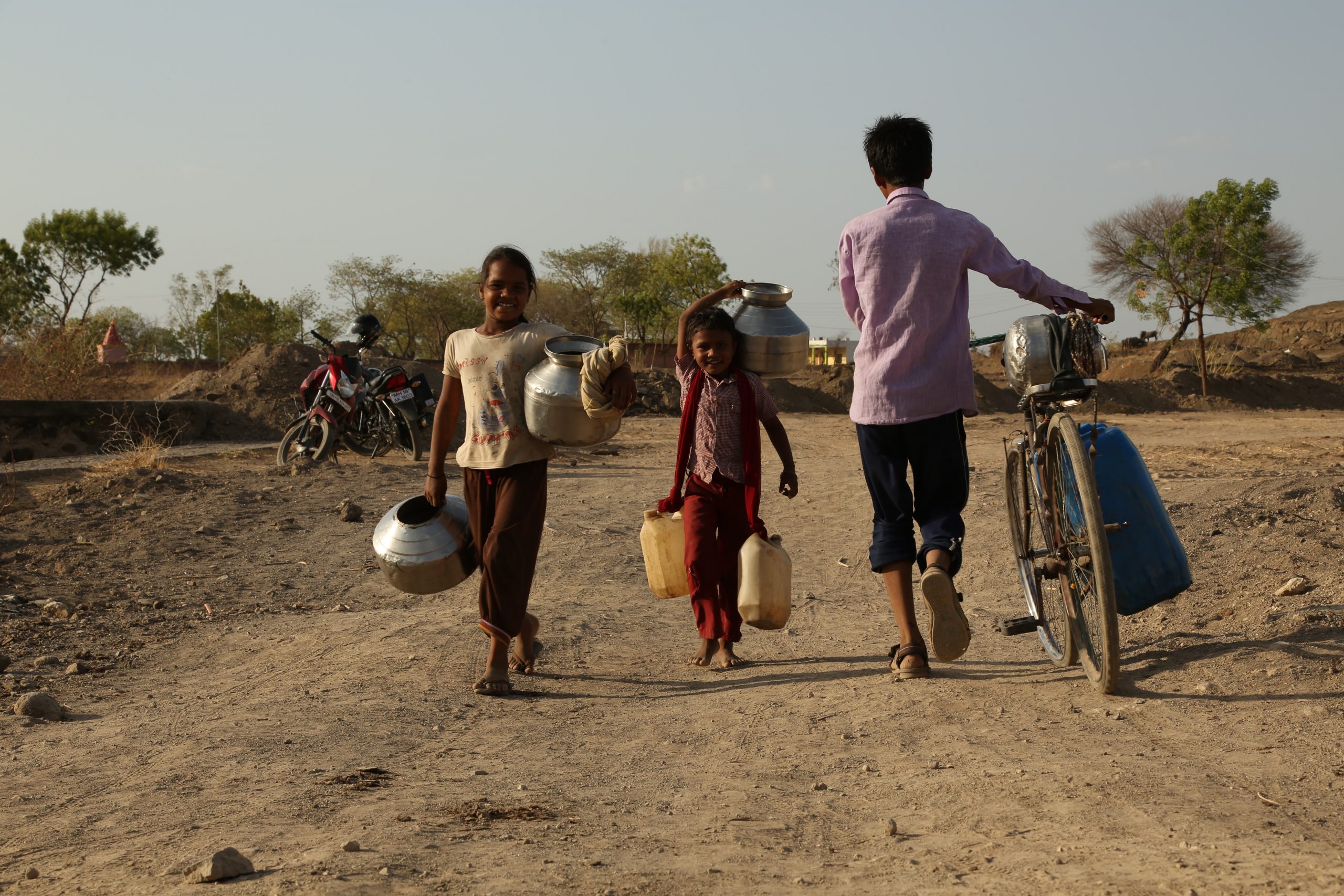
An overview and further data on global groundwater resources can be found on the pages of WHYMAP. In many places, groudwater is used only to a minor extent. Facing polluted surface waters or drought, it represents an important resource.
Yamuna – the dead river
The Yamuna river flows through the Indian capital New Delhi. Due to its degree of pollution it is called "dead river" by locals. At the same time it is used for the drinking water supply of the metropolis. For an impressive portrait we refer to the article „Die Wiedergeburt der Yamuna von Deutschlandfunk Kultur“ (in German).
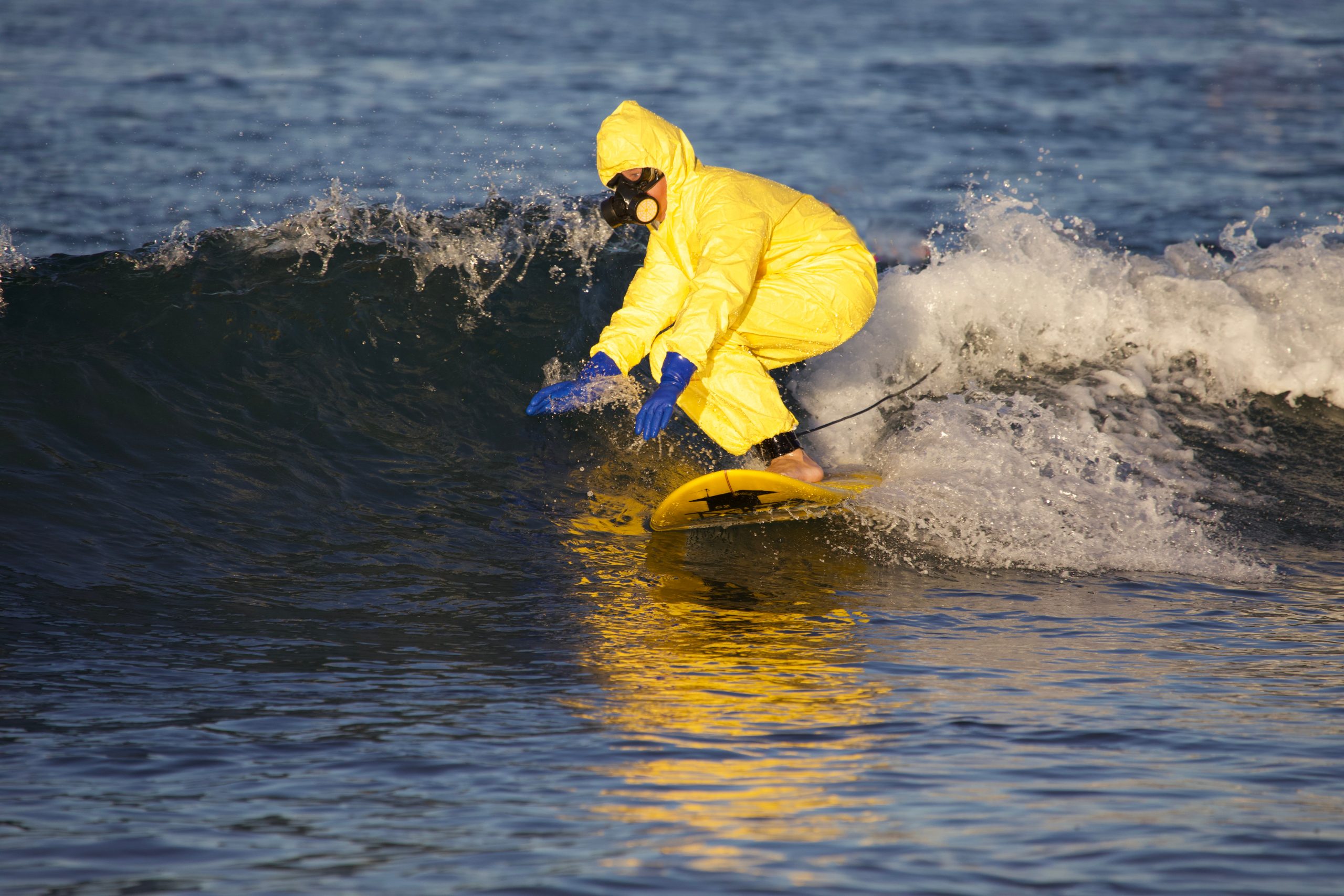
The ocean, the surfers and the chemicals
Sore throat, nausea, burning eyes - these were the symptoms with which around 200 surfers in eastern Russia came out of the water this September. In some cases they had to be treated for mild chemical burns to the cornea, writes the Süddeutsche Zeitung on October 8, 2020. A short time later, local residents reported a
mass mortality of marine animals
. Divers found no or dead creatures in 10 to 15 meters depth. Under suspicion: A leak in ashutdown toxic waste disposal site, for primarily pesticides, located directly on a river
which flows into the sea 30 km away.An app for unclouded water fun
The UK-based environmental charity Surfers Against Sewage campaigns for clean surfing waters and beaches in England and Wales. They provide an interactive map and app where 'sea users' can get real-time data on wind, waves, currents, and weather. As a special feature: Information about current
This app is certainly good news for all surfers and other water users in England and Wales for - in the truest sense of the word - unclouded water fun. And for those of us who so far associate the sea primarily with vacation, fun, and relaxation, it is another clear signal that something is very wrong with thechemical and ecological condition of our sea and our waters
The UK-based environmental charity Surfers Against Sewage campaigns for clean surfing waters and beaches in England and Wales. They provide an interactive map and app where 'sea users' can get real-time data on wind, waves, currents, and weather. As a special feature: Information about current
impairments to local water quality due to sewage overflows at wastewater treatment plants, heavy rains, or other events that cause wastewater to flow untreated into rivers and the sea
. Conversely, there is the possibility to report when health abnormalities are noticed after water contact or water contamination is spotted.This app is certainly good news for all surfers and other water users in England and Wales for - in the truest sense of the word - unclouded water fun. And for those of us who so far associate the sea primarily with vacation, fun, and relaxation, it is another clear signal that something is very wrong with the
chemical and ecological condition of our sea and our waters.
How do we at
Wasser 3.0 deal with these informations on the conditions of our waters
?As part of our communication, we deal with topics around water and also with the phenomenon of climate and environmental communication. An endeavor with high potential to become quite frustrating for those who want to make a difference with deep conviction and great commitment.
No matter how drastic the images and how forceful the words, they often trigger short-term consternation, followed perhaps by a sense of powerlessness, but too rarely by change. Admittedly, making change happen is anything but easy. It is multi-layered and protracted. Our point of view: "A path is created when you walk it" - start step by step, with a clear goal and win as many fellow campaigners as possible while walking. Our goal is clear:
To stop the
No matter how drastic the images and how forceful the words, they often trigger short-term consternation, followed perhaps by a sense of powerlessness, but too rarely by change. Admittedly, making change happen is anything but easy. It is multi-layered and protracted. Our point of view: "A path is created when you walk it" - start step by step, with a clear goal and win as many fellow campaigners as possible while walking. Our goal is clear:
Clean water without microplastics and micropollutants
.To stop the
distribution of microplastics and micropollutants through the water cycle
and toprotect our waters, our environments and human health
is the guiding principle of all our activities. Be it in research and development regarding their detection, removal, and reuse, regarding the implementation of processes or our education and awareness raising work. Short note: We also count this blog among the latter.To
decision makers in politics and industry
: Who moves impactful levers for clean water?For
waters without microplastics and micropollutants, we urgently need more scientific findings and efficient technological solutions. But there is also an urgent need for meaningful political decisions and impactful realization through industrial actors
.
Individuals and society need to act in a way that is compatible with nature and preserves health. Yes, it is complex and will take time. But surrender to a state of felt powerlessness, cannot be an option. Every day, we at Wasser 3.0 follow passionately and work hard for our vision of waters without microplastics and micropollutants.
meaningful political decisions and impactful realization through industrial actors
.Individuals and society need to act in a way that is compatible with nature and preserves health. Yes, it is complex and will take time. But surrender to a state of felt powerlessness, cannot be an option. Every day, we at Wasser 3.0 follow passionately and work hard for our vision of
waters without microplastics and micropollutants.
Before we take up the whole subject of microplastics in the new year, our next blog post will focus once more on water. We will explore the tension between water being on the one hand a human right and on the other an economic good.
Do you have suggestions for us, have encountered an error or have a question? Please feel free to get in touch with us.
You can download our infographics free of charge here.
You can download our infographics free of charge here.

